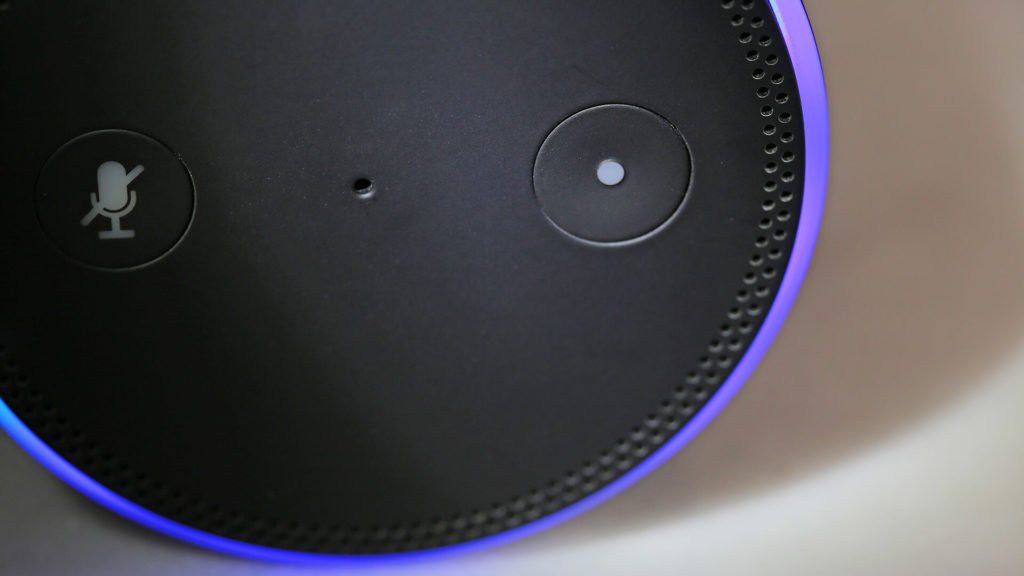The latest in a growing number of studies on voice search and virtual assistants, Adobe Digital Insights (ADI), found that sales of “voice assistants” (let’s assume that’s smart speakers) grew roughly 103 percent in Q4 vs. a year ago. Most of these sales (79 percent) took place in the fourth quarter (lots of gifts).
Data from ADI and other third-party analyst firms justify the assertion that smart speakers became the fastest-selling consumer technology last year, dramatically outpacing wearables and VR.
ADI’s analysis is based on retail sales data and a survey of more than 1,000 US consumers. According to the study, more than 50 percent of consumers who own smart speakers use them at least daily, with 22 percent saying they also shop using voice commands.
Nearly three-quarters (72 percent) of respondents, according to ADI, now consider voice recognition capabilities to be “good.” With only 4 percent saying they’re “poor.” In addition, only a minority of people (16 percent) say they are embarrassed to use voice commands in front of others. Just 18 months ago, another study suggested people were much more inhibited to talk to their devices in public.
ADI found the most common uses for voice assistants were the following:
- Listening to music
- Checking weather
- “Asking fun questions”
- “Researching”
Other studies have offered a more detailed hierarchy of smart speaker use cases. An NPR-sponsored survey in June found that 57 percent of smart speaker owners have ordered something using the device vs. the 22 percent in the ADI survey.
As indicated, smart speakers were very popular gift items this holiday season, which is how many consumers are being introduced to voice assistants. According to analyst firm Canalys, roughly 35 million smart speakers shipped in 2017, which suggests that the market is probably closer to or even greater than 50 million devices.

